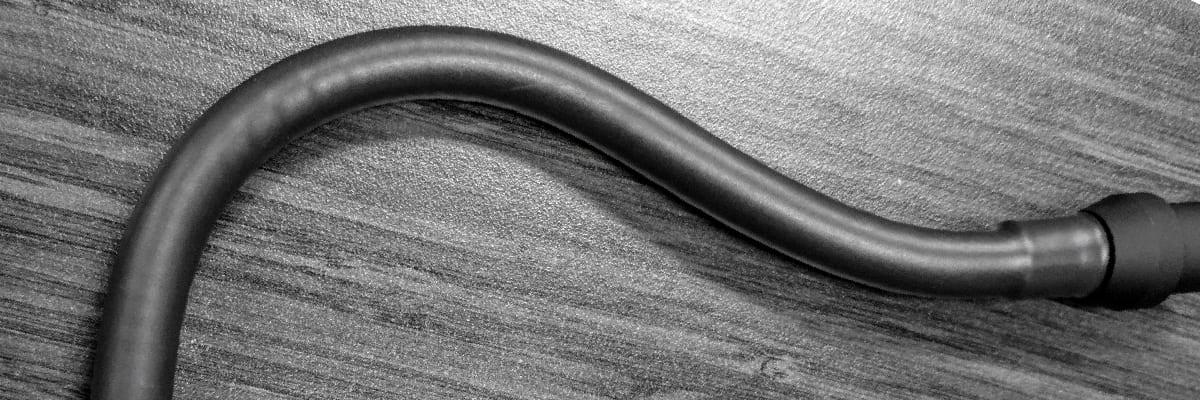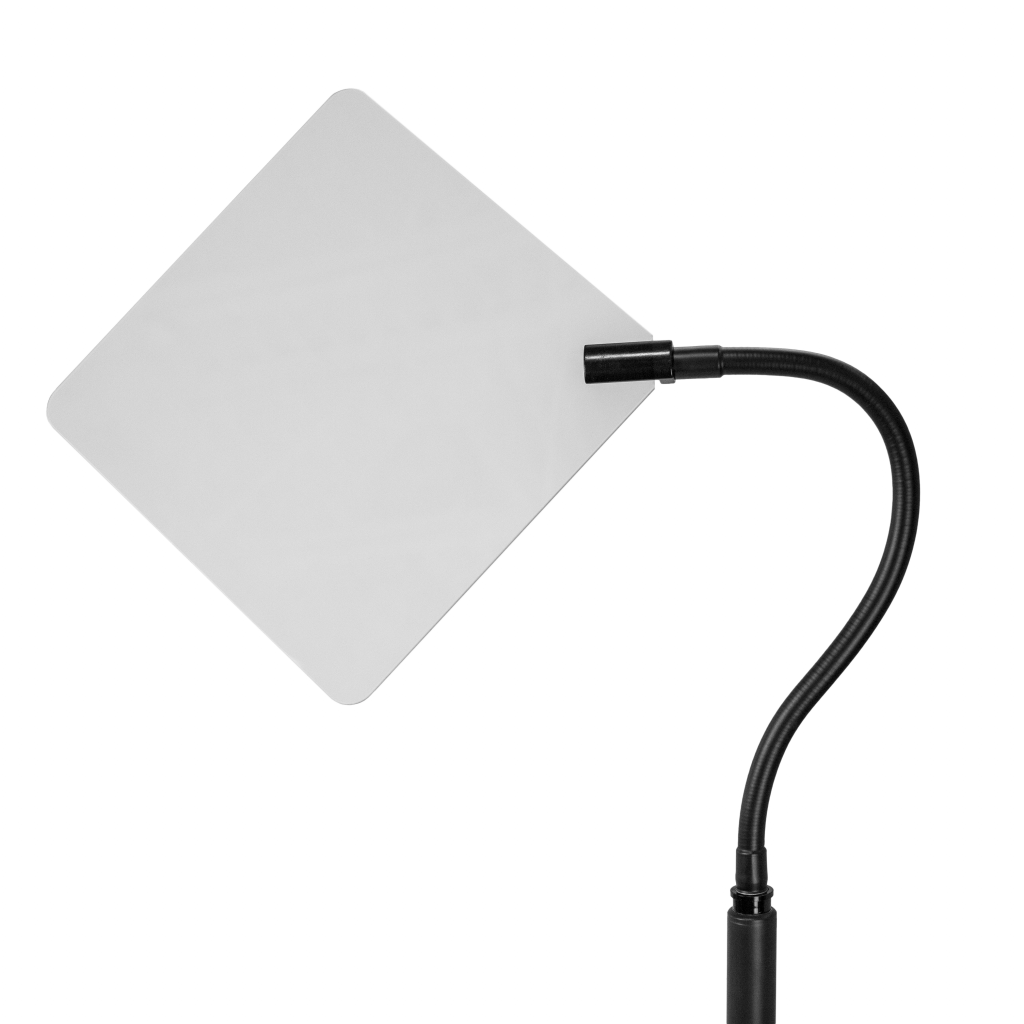Product Design 101: How We Figure Out if a Flex Arm is Strong Enough for Your Device

Share:
It’s time to talk about product design. Here’s another post in our continuing series on how we work with clients during their product design to make sure our flex arms stay strong and durable for their end-users. Here’s how we figure out if our flex arm is strong enough to support the weight needed for your device.
You’re probably aware of our affinity for flex arms, but did you know that there’s something we value even more? Solutions. In the end, that’s the most important part of our job. Why? Because of the end-user. No matter what challenges we (and our clients) face, it’s absolutely imperative that we think about the end-user first. They’re the ones who will use this product. They’re the ones who deserve to have a device that works right every single time. It’s for this reason why we never settle for a compromised design.
One question we’re often asked by clients is, “Will this flex arm be capable of holding the weight of our payload.” That’s a big deal, right? You can’t have a flimsy arm that won’t stay where it needs to go. While there are some cases when a flex arm isn’t the right fit (more on that later), more often than not the answer can be found by gathering more accurate information about the payload, making adjustments, and using a little ingenuity. Here’s how we figure out if a flex arm is strong enough for your product. It starts – as you might guess – with having accurate measurements.
Get an accurate weight during product design — then weigh it again.
You know the old saying, “measure twice, cut once”? That’s true of weighing payloads as well. It’s not unusual for a client to underestimate or overestimate the weight of their device. That said, if you’ve told us that your payload is ¾ of a pound, but it ends up being 2 pounds — we might have a problem on our hands. We recommend weighing your product again (and again) and not just going with what it *should* weigh, that way you can have a truly accurate picture of what you need your flex arm to do.

This is a totally understandable problem that often pops up during the design process for one big reason: as devices are improved, they typically add weight. What may have been an accurate weight at the start of your prototyping may not be accurate now. Not just that, but ancillary pieces like bracket trees or detachable components (like a protective case for a tablet or phone) may add weight that isn’t taken into account. Often this can be an easy solution where we work with you to find a different tablet holder or protective case. Unfortunately, there are other situations that aren’t quite as simply solved. For fixing those issues, we’ll need a little more information.
During product design ask yourself what will be the position and length needed for the flex arm?

Not all flex arms are used the same way. They have many applications and uses — and they behave differently in different situations. That has to be accounted for in product design. Ask yourself if your flex arm will be used horizontally or vertically. If you need it to operate horizontally, it may need extra reinforcement to stay in that position. Confused? It’s because of the way a flex arm works. Technically, when the arm is horizontal its spring is neutral, which means the only thing holding the arm in place is friction. It’s not able to use the spring to support more weight. If that’s the case, adjustments may need to be made to ensure that the spring is engaged and working.
What is your flex arm’s ideal position for end-users?
While you can baby an arm when you’re testing it during product design phases and prototyping, it’s important to think about how an end-user will utilize your device. Chances are they won’t be treating it as gently as you. See if the arm stands up when used appropriately and accurately — if it doesn’t you need to figure out a way to make it work for you
What are some product design solutions if my device is too heavy?
We have several options for reinforcing a flex arm to increase strength and durability.
Dual Arms – These are essentially two flex arms built into one. A stiffer flex arm at the base can add strength, while a second, more flexible flex arm is attached to the device. These can vary in strength, but can often provide the extra support needed to get the job done without sacrificing small adjustment mobility for the device. Not only have we done dual arms, but we’ve also even done triple arms as needed.
Reinforcing layers – This is basically multiple layers of heat shrink that cover the outside of the flex arm. It reinforces the arm and forces it to bend more gradually. What you sacrifice in flexibility, you gain in strength and durability.

Internal Stiffeners – In some cases, we can use an internal stiffener to provide more support for your flex arm. This is basically another tightly wound spring within the flex arm’s original spring coupled with a wire that runs up the middle of it. Think of a pipe cleaner and you’ll get some idea of what we’re talking about. That wire is strong enough that it can’t be bent by human hands but is perfect for the inside of the flex arm. One caveat: with this option you won’t have room to internally place a power cable, meaning that if your device requires power, the cable will have to run externally along the arm.
What if my device is STILL too heavy for a flex arm?
So are there times when a flex arm isn’t the right answer? Yes. In some cases, even the options listed above may not get us the desired result. If that’s the case, we can come up with other creative solutions to those problems. Options like swing arms and counterbalanced arms can provide much of what you’re looking for while still being able to support a heavier payload.
That’s why we believe so much in collaboration and conversation during the design process. It helps us get on the same page as our clients, understanding their expectations for the flex arm and helping them come up with solutions that make their product the best it can be — not just good enough.
At the risk of sounding like a broken record, it comes down to the end-user. It’s the reason we won’t settle for a compromised design. If it doesn’t work, it’s imperative to recognize that and not roll out a product that has a chance to fail. Sometimes you’ve got to care enough to say no.
Feeling inspired? How can we help? We’d love to hear from you. Drop us a line below, or fill out our contact form to start a conversation today!
_____________________
Working on a flex arm design? We are here for a no-pressure phone call. We’d love to hear more about what you are working on and give you ideas and prototypes to improve your decision-making process. Give us a call, we promise it will be worth your while.
